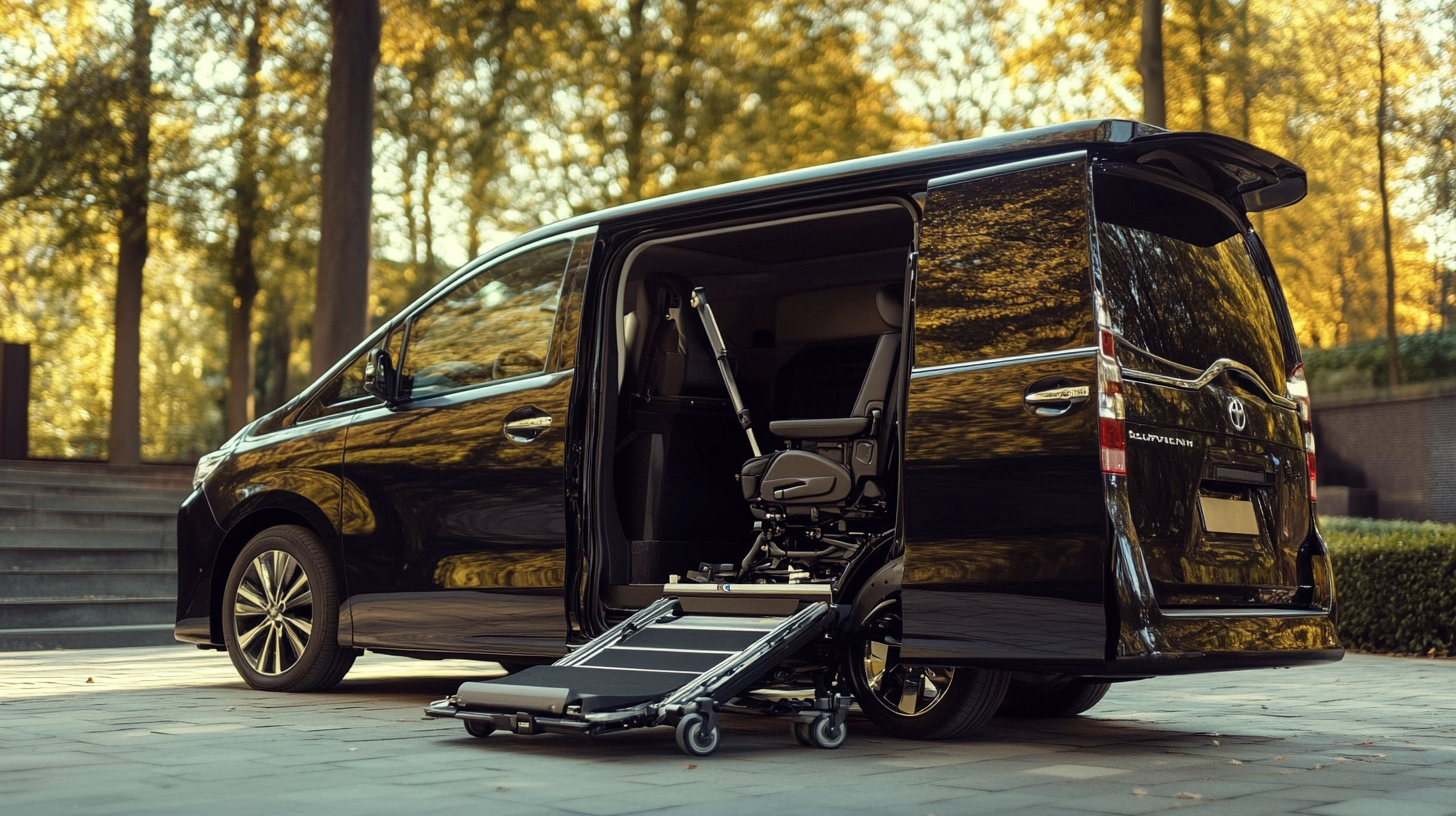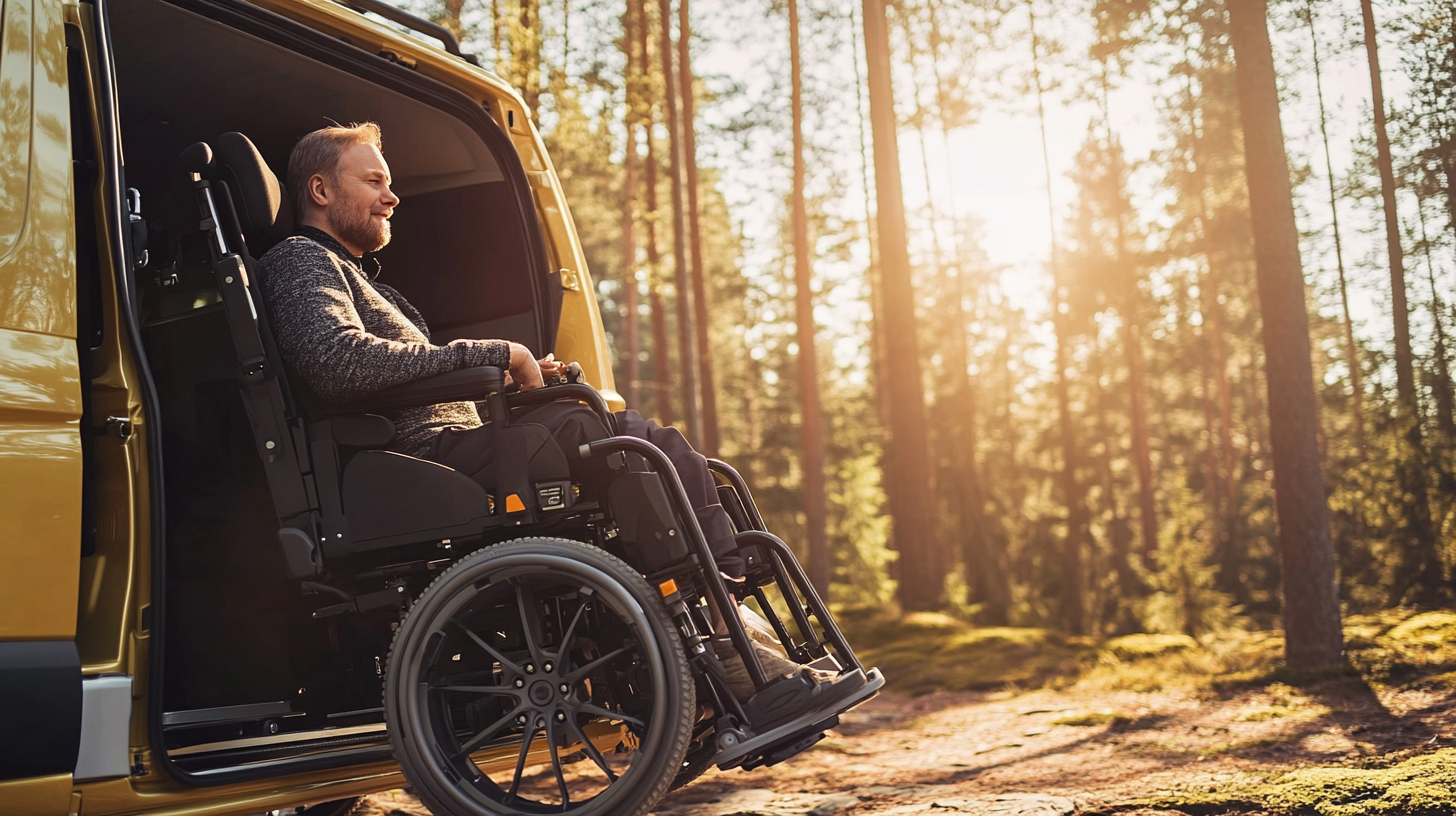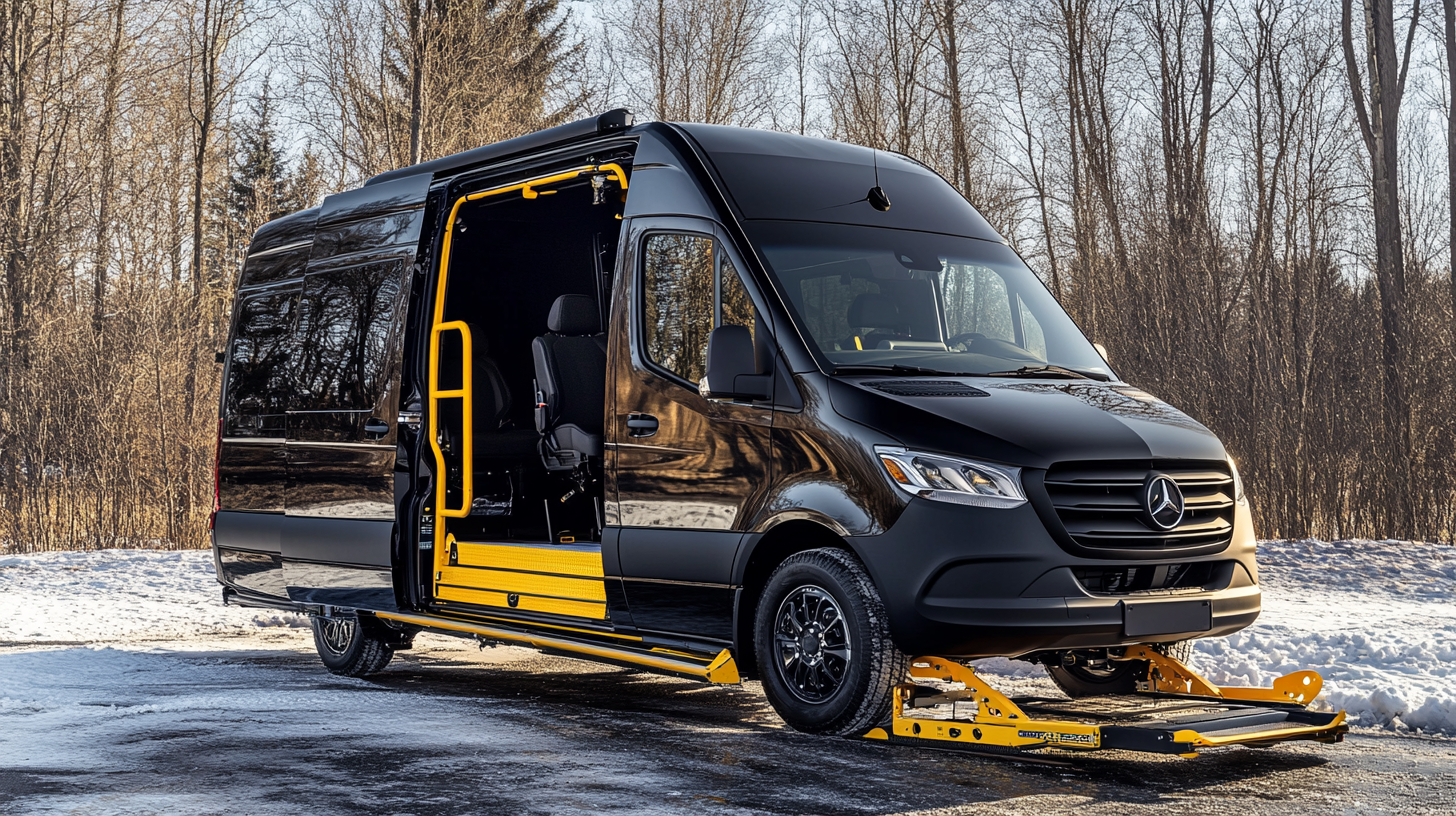Exploring the Features and Applications of Wheelchair Accessible Vehicles: A Comprehensive Buyer’s Guide
In an increasingly inclusive society, wheelchair accessible vehicles (WAVs) have emerged as a vital solution to mobility challenges for individuals with disabilities. These specially designed vehicles not only provide essential transportation options but also contribute significantly to the independence and quality of life for wheelchair users. As the demand for accessible transportation continues to grow, potential buyers must navigate a plethora of features, designs, and applications that WAVs offer to find a vehicle that best suits their unique needs.
This comprehensive buyer’s guide aims to illuminate the various aspects of wheelchair accessible vehicles, making the purchasing process more informed and streamlined. From understanding the different types of WAVs available in the market to exploring essential features such as ramp systems, securement options, and interior space, this guide covers it all. Whether you are a first-time buyer or looking to upgrade your current mobility solution, our in-depth exploration of the features and applications of WAVs will help you make a confident decision that enhances mobility and independence in your daily life.

Understanding the Importance of Wheelchair Accessible Vehicles in Modern Society
In today's society, the importance of wheelchair accessible vehicles (WAVs) cannot be overstated. As we strive for inclusivity and equality, providing accessible transportation options is crucial for people with disabilities. WAVs allow individuals to participate fully in everyday life, breaking down barriers that previously limited their mobility. This shift not only enhances personal independence but also promotes social integration, allowing those with mobility challenges to engage in community activities, access employment, and experience the same freedom of movement that others enjoy.
The surge in discussions around sustainable transport, particularly highlighted during World Sustainable Transport Day, aligns with the growing need for accessible vehicles. As the world pivots towards cleaner energy solutions, incorporating WAVs into this movement signifies a commitment to comprehensive inclusivity. By ensuring that these specialized vehicles are also powered by clean energy, we can reduce the environmental footprint while catering to those who rely on them. Advocating for efficient, clean, and accessible transportation options will shape a more equitable future, where everyone, regardless of their physical capabilities, can benefit from advances in automotive technology and environmental initiatives.

Key Features to Look for in Wheelchair Accessible Vehicles
When considering a wheelchair accessible vehicle (WAV), several key features should be prioritized to ensure optimal functionality and comfort. Among the most critical aspects is the accessibility of the vehicle's entrance. A well-designed ramp or lift is essential for easily accommodating wheelchair users. The incline should be gentle enough to allow for safe entry and exit, while the surface should provide secure traction to prevent slipping. Additionally, the interior space must be spacious enough to comfortably fit the user's wheelchair, as well as provide adequate headroom for easy maneuvering.
Another vital feature is the type of seating arrangements. Look for vehicles that offer flexible seating configurations, allowing users to choose between maintaining their wheelchair position or transferring to a standard seat. Furthermore, adjustable seating can enhance comfort for both passengers and caregivers. Innovations in the mobility industry also indicate a shift towards autonomous accessible vehicles, integrating technology that not only promotes independence but also improves ease of use for individuals with diverse mobility needs.
Safety features should not be overlooked, either. It is crucial to ensure that the vehicle is equipped with secure tie-down systems for wheelchairs, anti-slip flooring, and other enhancements that prioritize passenger safety. Lastly, potential buyers should also consider the vehicle’s adaptability for future needs, including the possibility of modifications for electric vehicle options, which represent the growing trend towards sustainable and inclusive transportation.

Comparative Analysis of Different Types of Wheelchair Accessible Vehicles
In the realm of wheelchair accessible vehicles (WAVs), a comparative analysis reveals several distinct types, each tailored to meet specific needs of users and caregivers. Traditional ramps and lifts form the backbone of these vehicles, providing varying degrees of accessibility. For instance, some models feature integrated ramps that fold out for easy entry, while others utilize hydraulic lifts for heavier mobility devices. The choice between these mechanisms largely depends on the user's mobility requirements and the vehicle's design.
Moreover, the advancements in automotive technology are bringing innovative solutions to the WAV market. Electric and hybrid WAVs are becoming increasingly prevalent, not only improving fuel efficiency but also contributing to sustainable urban mobility. As shared transportation models gain traction, the integration of WAVs into ride-sharing platforms presents an opportunity to enhance accessibility for individuals with disabilities. This shift could lead to significant consumer spending in this sector, which is projected to reach substantial figures in the coming years.
Alongside these advancements, the importance of user trust in technology cannot be overlooked. Research indicates that understanding user requirements in both medical and mobility contexts is crucial for fostering confidence in automated solutions. As the mobility landscape continues to evolve, manufacturers must prioritize the needs of users while balancing innovation with accessibility, ensuring that the future of transportation is equitable and inclusive for all.

Financial Considerations: Budgeting for Your Wheelchair Accessible Vehicle
When considering the purchase of a wheelchair accessible vehicle (WAV), financial planning is crucial. These vehicles often come with a higher price tag than standard cars due to the modifications required for accessibility. Thus, it’s essential to start by establishing a realistic budget that encompasses not only the purchase price but also ongoing costs such as insurance, maintenance, and fuel. Understanding the total cost of ownership will help ensure that the vehicle is a sustainable investment for years to come.
Potential buyers should explore various financing options available for WAVs. Many manufacturers and dealerships offer financing plans that cater to buyers' specific needs, which can ease the financial burden. Additionally, grants and funding programs provided by government agencies and nonprofit organizations can significantly offset the purchase cost. Researching these available resources can lead to considerable savings and make a WAV more financially accessible.
It's also wise to consider the long-term financial implications of owning a wheelchair accessible vehicle. For instance, think about potential resale value and how modifications can affect this. Some buyers might find it advantageous to look into vehicles with good resale track records or those that appreciate in value due to demand. By prioritizing budgeting and financially savvy choices, individuals can better navigate the complexities of acquiring a wheelchair accessible vehicle while ensuring they meet their needs both now and in the future.
Enhancing Mobility: Real-Life Applications of Wheelchair Accessible Vehicles
Wheelchair Accessible Vehicles (WAVs) play a pivotal role in enhancing mobility for individuals with disabilities. These specially designed vehicles not only facilitate transportation but also promote independence and social inclusion. People who rely on wheelchairs can access diverse environments, whether it's commuting to work, visiting family, or enjoying a day out. WAVs are equipped with features like ramps, lowered floors, and secure tie-downs, ensuring safe and comfortable travel for both passengers and caregivers.
Real-life applications of wheelchair accessible vehicles extend beyond daily commuting. For instance, many organizations provide WAVs for community services, allowing users to attend events, access medical appointments, and engage in recreational activities. Additionally, WAVs are instrumental during emergencies, ensuring that individuals with mobility challenges can evacuate promptly and safely. By bridging the gap between home and community, these vehicles enhance not just mobility but also the quality of life for users.
Moreover, vehicle customization options cater to individual needs and preferences, making WAVs adaptable for various users. This flexibility ensures that each user's experience is tailored, from the type of ramp to additional support features. As awareness increases and technology advances, the variety of wheelchair accessible vehicles continues to grow, empowering more individuals to embrace mobility and actively participate in society.